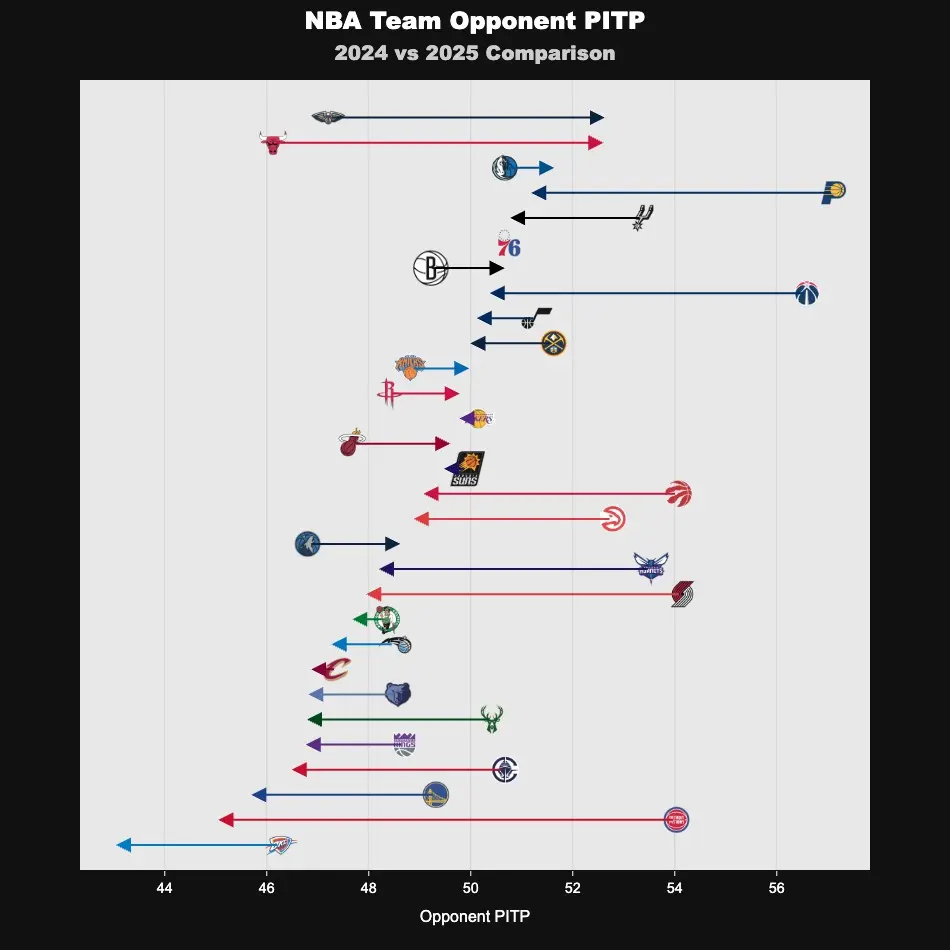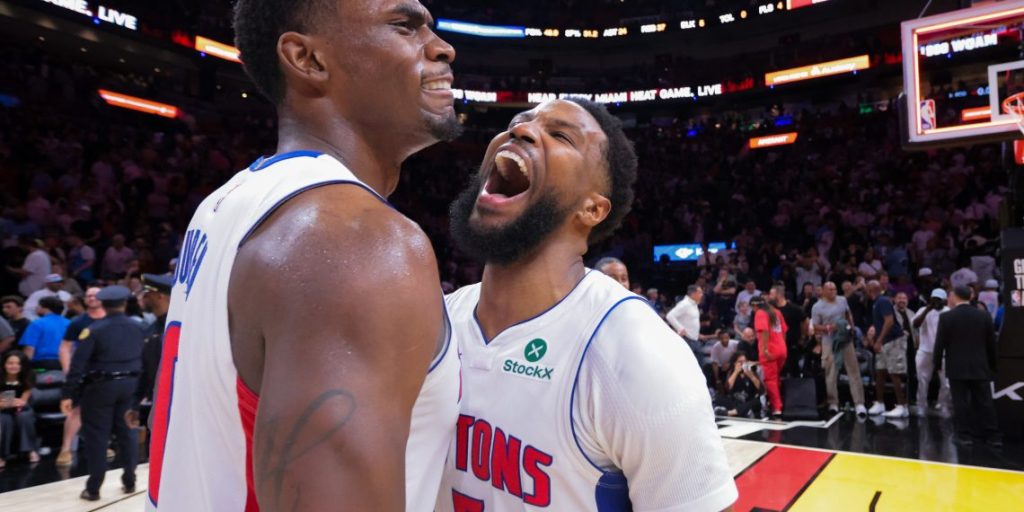When Trajan Langdon agreed last spring to become the Detroit Pistons’ head of basketball operations, few could have predicted the seismic shift he would spark. Just months earlier, the Pistons had endured a franchise‑worst 14‑win season — a nadir that seemed all but impossible to escape. Yet today, as Detroit sits firmly in playoff position with a 38‑31 record, the blueprint for their remarkable rise traces back to one clear vision: build a winning culture from the ground up.
A Calculated Gamble
Langdon admits he was cautious about taking over an organization mired in dysfunction. But conversations with Pistons vice chairman Arn Tellem and longtime adviser Billy King — both former colleagues and fellow Duke alumni — convinced him Detroit already possessed the raw ingredients for success: young talent, organizational commitment, and a hunger to rebuild. “What they needed most was someone to set the foundation,” Langdon says. “I felt I could provide that — a clear plan, a culture of accountability, and a path to winning.”
Building a Culture of Resilience
From day one, Langdon stressed character as the Pistons’ cornerstone. Practices emphasized grit, effort, and togetherness — traits that had been missing amid years of losing. When early-season losses piled up and boos rained down at Gainbridge Fieldhouse, players could have folded under pressure. Instead, Langdon’s message resonated: adversity would be met with resolve, not resignation.
The Coaching Decision
Langdon’s first major move was replacing Monty Williams with J.B. Bickerstaff, a coach known for fostering trust and clear communication. “Trajan’s vision was the key selling point,” Bickerstaff recalls. “He wasn’t just hiring a coach — he was building a partnership to steer this franchise forward.” The new coaching staff instilled a defensive mindset, while prioritizing pace and spacing on offense, laying the tactical groundwork for sustained success.
Strategic Roster Moves
Overhauling a roster that had been cobbled together for cap relief became Langdon’s next priority. In trades and free agency, he targeted veteran shooters and versatile wings who could elevate Detroit’s offense without sacrificing effort on the other end. Tobias Harris and Malik Beasley joined via free agency, while Tim Hardaway Jr. arrived in a pivotal midseason swap. Each addition provided spacing, veteran poise, and a model of professionalism for Detroit’s young core.
Overcoming Early Adversity

The Pistons’ season began with four straight losses, fueling skeptics’ doubts. But rather than panic, Langdon and Bickerstaff doubled down on process, reminding players that growth rarely follows a linear path. When Jaden Ivey suffered a season‑ending leg injury in January, it tested the team’s mettle. Rather than derail their momentum, Detroit’s depth stepped up, highlighting the front office’s foresight in assembling a balanced roster.
Emergence of Young Stars
Central to Detroit’s turnaround has been the breakout of 23‑year‑old Cade Cunningham, who blossomed into one of the league’s premier two‑way guards. With the added support of veteran shooters, Cunningham’s efficiency soared, while Ron Holland — Detroit’s fifth overall draft pick — showcased the explosive athleticism that convinced Langdon to select him. Even role players like Obi Toppin and Andrew Nembhard elevated their games, demonstrating the ripple effect of a confident team environment.
From Bottom to Playoff Contention
Detroit’s ascent — a staggering 32‑win improvement from last season — ranks among the greatest single‑year turnarounds in NBA history. Rather than relying on a single superstar trade or lottery jackpot, Langdon orchestrated a gradual rebuild built on culture, collaboration, and smart talent acquisition. As the Pistons chase their first playoff berth since 2019, the league is taking notice: Detroit’s resurgence wasn’t a fluke, but the product of intentional leadership.
What’s Next for the Pistons
While the immediate focus remains on clinching a postseason spot, Langdon’s long‑term blueprint centers on sustained competitiveness. With the trade deadline in the rearview mirror, attention now turns to developing Detroit’s homegrown core and exploring strategic additions this summer. Maintaining roster flexibility — through prudent contract management and targeted free‑agent signings — will be crucial as the Pistons transition from hopeful rebuild to legitimate contender.
Looking Ahead: Sustaining Success
In a league where quick fixes and blockbuster trades often overshadow patient development, Detroit’s story stands out for its disciplined approach. Langdon’s blend of vision, humility, and calculated risk‑taking has transformed a perennial cellar‑dweller into a team capable of contending in a stacked Eastern Conference. As the playoffs loom, one thing is clear: the Pistons’ renaissance reflects not just a turnaround in wins and losses, but a rebirth of pride in Motor City basketball.

